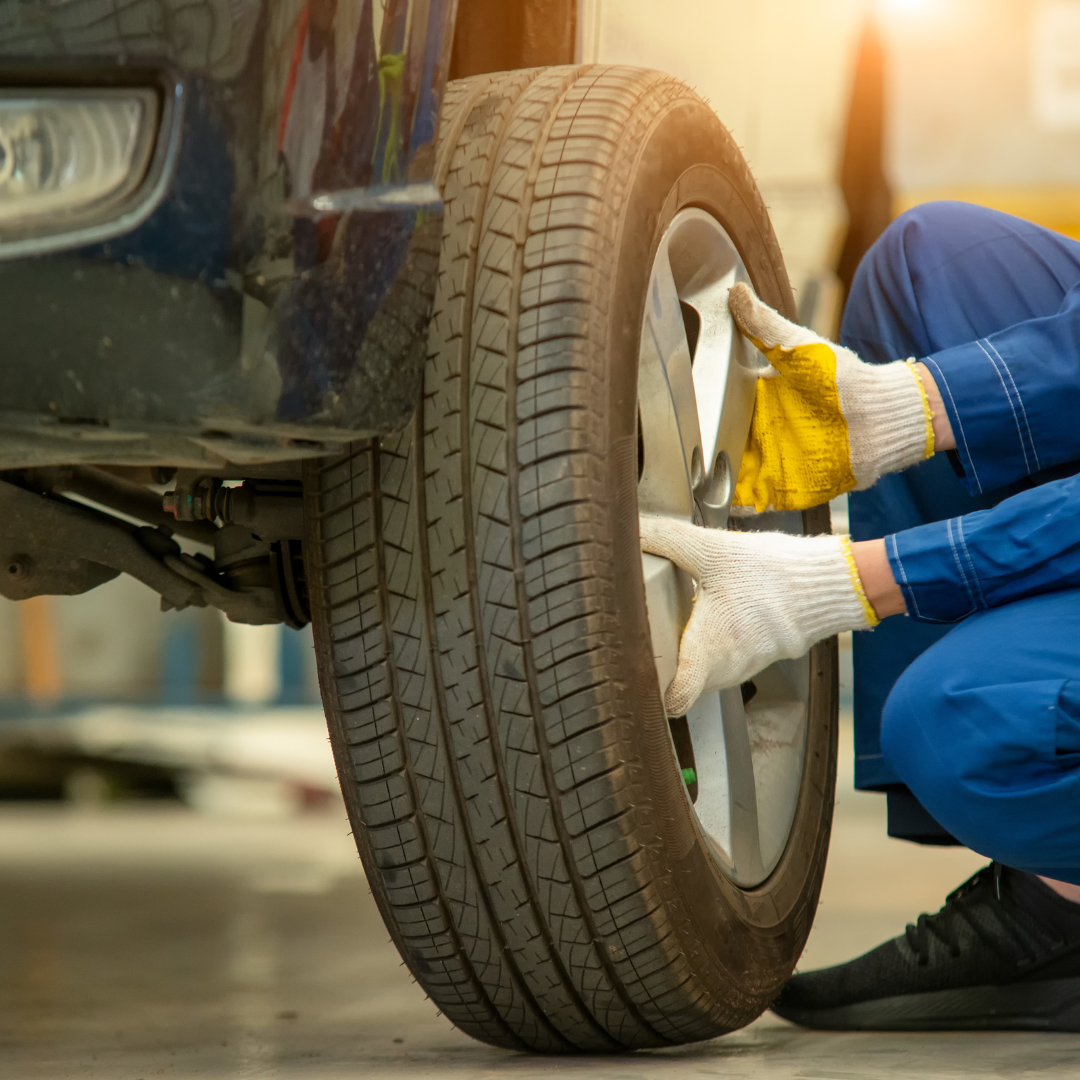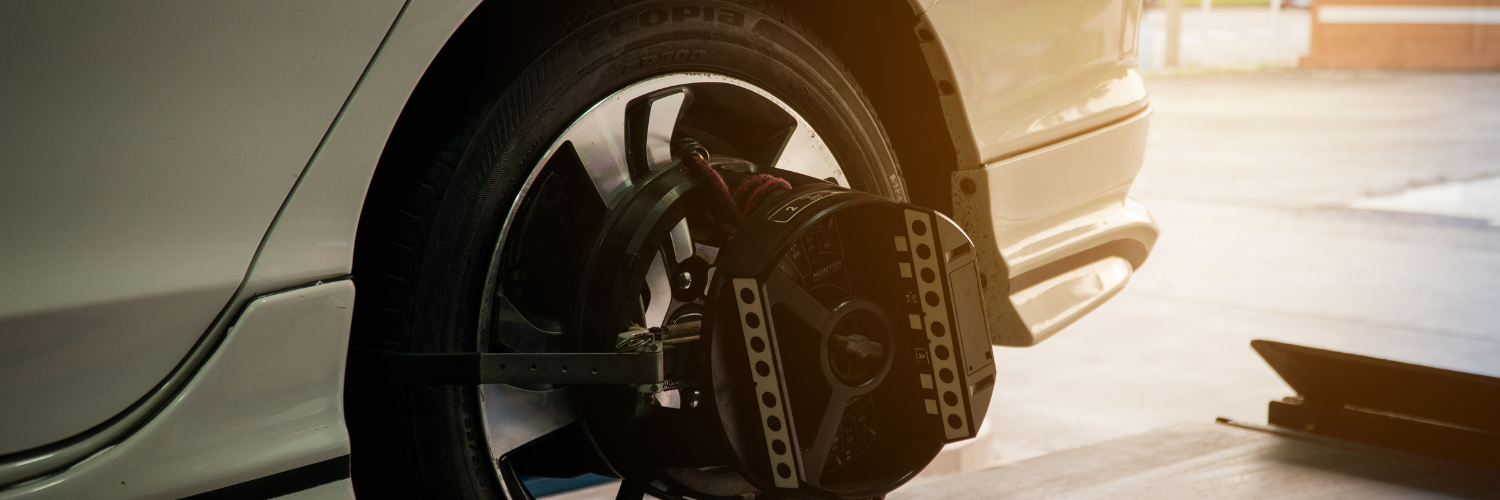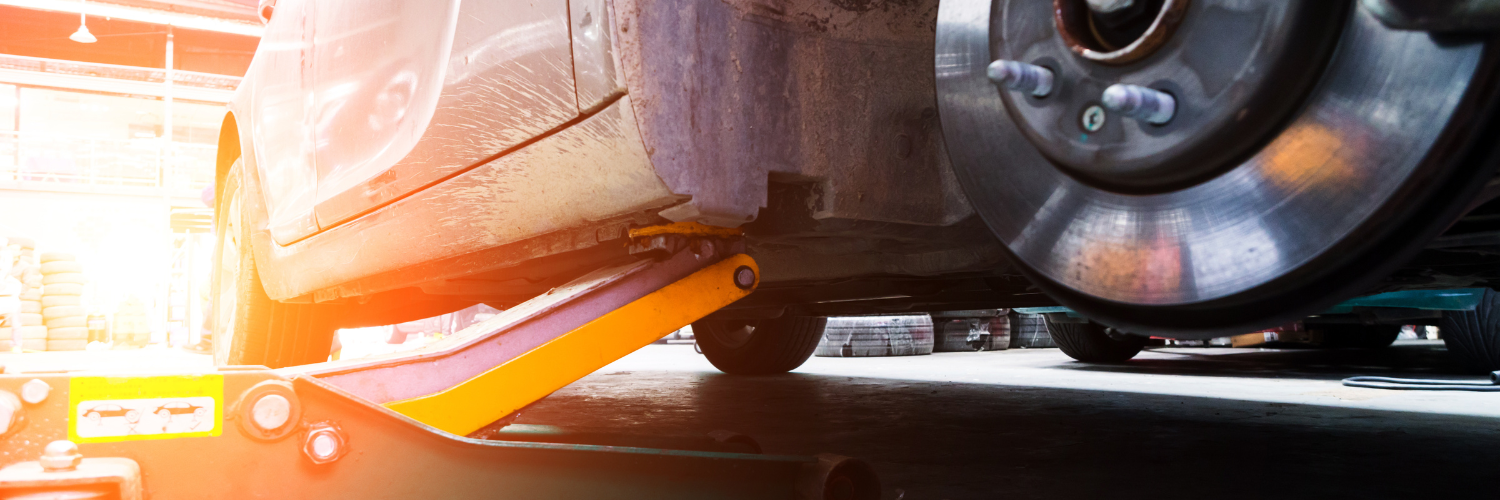Why are Tire Alignment and Balancing Important?
May 27, 2022

Tire Alignment and Wheel Balancing
We do not always think about this, but your car is just a combination of different systems and parts. Each system and each part needs to be in the perfect state and condition for the car to work as it should. Any damage to any of these parts shortens the life of the vehicle and puts you in danger.
There are different issues that a car can have. Tire balancing and alignment are among the most common problems you will find in a car. They are indeed somewhat different from each other. However, they are both important for smoother rides.
Understanding Tire Balancing
The main purpose of tire balancing is to help in correcting weight distribution in the tire. When the wheels are imbalanced, chances are that there will be significant damage to the suspension, excessive wear of the tires, as well as a lot of vibrations.
To correct this problem and balance the tires properly, they are mounted on a balancing machine. This machine then spins the wheel so that the imbalance can be determined. After that, the technician will be able to install the correct weights so that the tire and the wheel can be properly balanced.
Even though tire balancing and tire alignment are done together, you should not mistake them for the same problem.
Signs of Imbalanced Wheels
There are simple ways to identify problems with balancing.
You can notice some vibrations in the car. These can be felt on the floorboard, the seat, or even the steering wheel. You might also notice some uneven wear on the tire.
We recommend that you have tire balancing done whenever you notice these problems, when you have a tire rotation, or after repairing a flat tire or simply during regular maintenance.
You can tell whether you need the front or back wheels balanced by determining the parts that tremble when driving. The vibrating steering wheel shows that it’s the front wheels. When the seats vibrate, you probably need balancing of the back wheels.
Book Service Now Shop Tires Now Shop Wheels Now
Understanding Wheel Alignment
Wheel alignment mainly has to do with the vehicle’s suspension and not the wheels themselves. It involves adjustment of the suspension, which is the system that connects the wheels to the vehicle. The wheels’ angles are adjusted. This will determine the contact between the road and the wheels.
Three main aspects are considered by the mechanic when it comes to tire alignment.
- First, they will check the camber, which is the outward or inward tire angle. This is checked from the front side of the car. Negative or positive camber represents inward or outward tilt. Some parts that cause this misalignment include ball joints and worn bearings.
- Second, they will check the toe alignment. That is the inward or outward turn of the tires when you look from above. It is just like you would check your toes from above. When they angle inwards or outwards, they are misaligned.
- Finally, they will check the caster angle. The caster angle is important when it comes to stability, cornering, as well as steering.
In most cases, misalignment of the wheels is caused by a sudden impact, maybe from hitting something at a high speed. In most cases, the misalignment is caused by potholes. This is also one of the major causes of imbalance. When it happens, the fuel efficiency is affected, and even more serious, you are at risk when driving a car with misaligned or imbalanced wheels.

Signs of Misaligned Wheels
You can tell that a car has misaligned wheels by checking for the following signs.
- First, you might notice that your car pulls itself to one side. Drive your car on an empty parking lot or road, and check how your steering is.
- Secondly, it is possible to notice a vibration on the steering wheel when you drive at high speeds. If you do not address it quickly, the tire can blow out at any time.
- Finally, your tires are affected when misaligned. When you do not have smooth and straight rotation, chances are that the tires will wear out unevenly.
Best Time to Have Tires Balanced and Aligned
When you have driven for around 7000 to 10000 kilometres, you should ensure that you go in for tire balancing and alignment. You should also choose to have the service done when you have tires changed. Finally, when you notice any of the signs we have mentioned in the previous sections, you should go in for repairs immediately.
Remember, the longer you wait, the more the extent of the damage. That means that you may spend much more on repairs.
Why Tire Alignment and Balancing are Important
Tire balancing and alignment are important. They ensure that the car operates efficiently and safely. To add to that, they help ensure that your car tires last much longer. It is known that when you balance or align your tires after around 10,000 kilometres, they will perform better for much longer.
If you do not balance your tires, they will wear off faster and there will be great vibrations in the car. You will have to buy new tires far sooner than you may have expected.
However, after balancing them properly, the tire wear is reduced significantly, the rides become smoother.
If the wheels are not aligned properly, the tires will also wear out faster and squeal, the steering wheel will be crooked when you are going straight, and the car will pull itself to one side. After you align them well, the ride becomes smoother and the tires last much longer.
Book Service Now Shop Tires Now Shop Wheels Now
In Conclusion
When you notice that your car is not operating the way it should, it shows that something is not functioning properly. Remember, any damage puts you and the passengers at risk. We recommend that you get your car checked whenever you notice any of the signs.

Back


